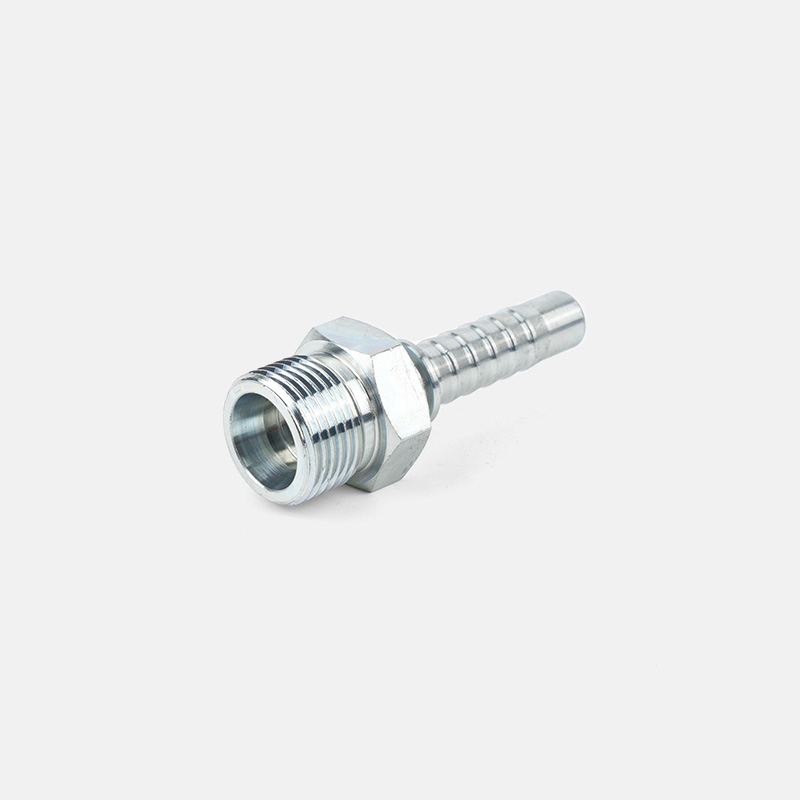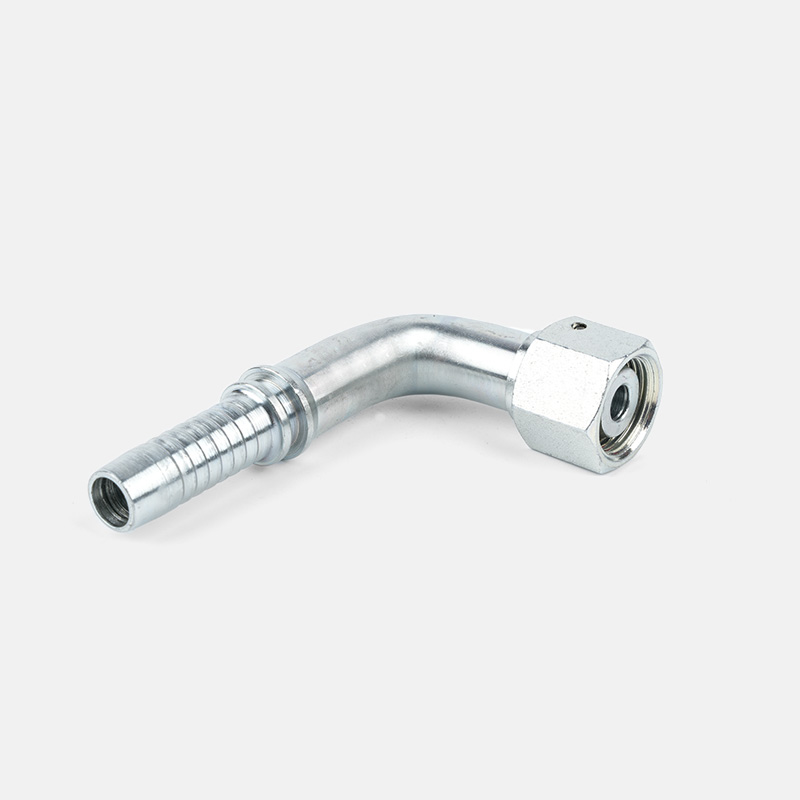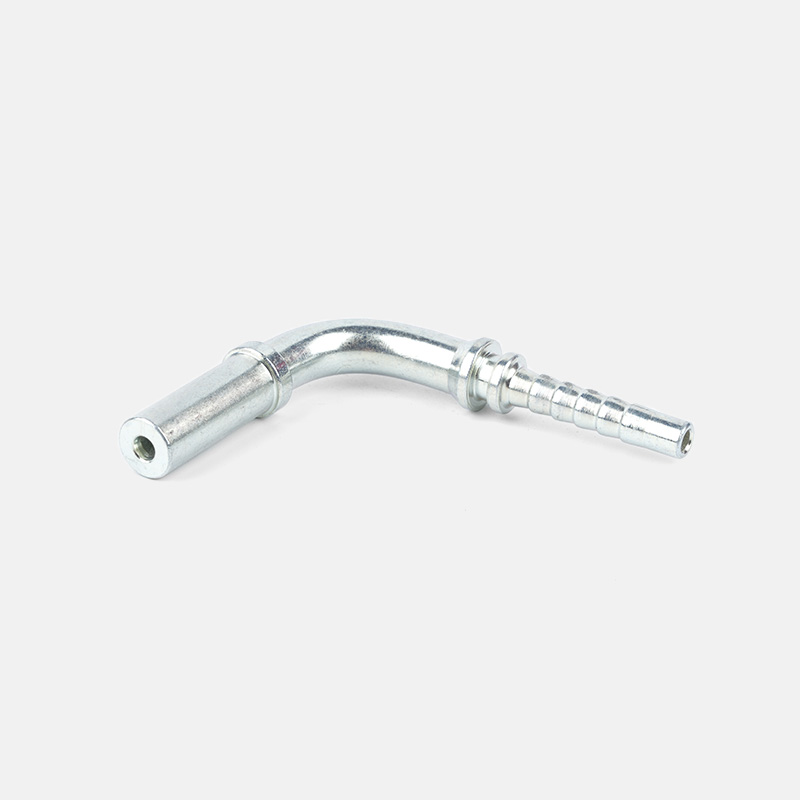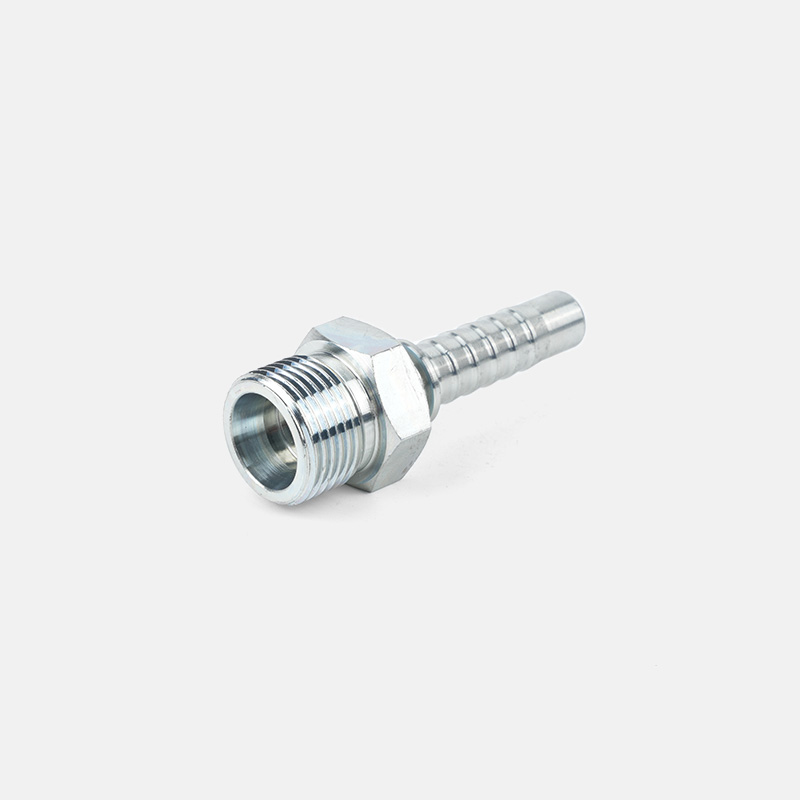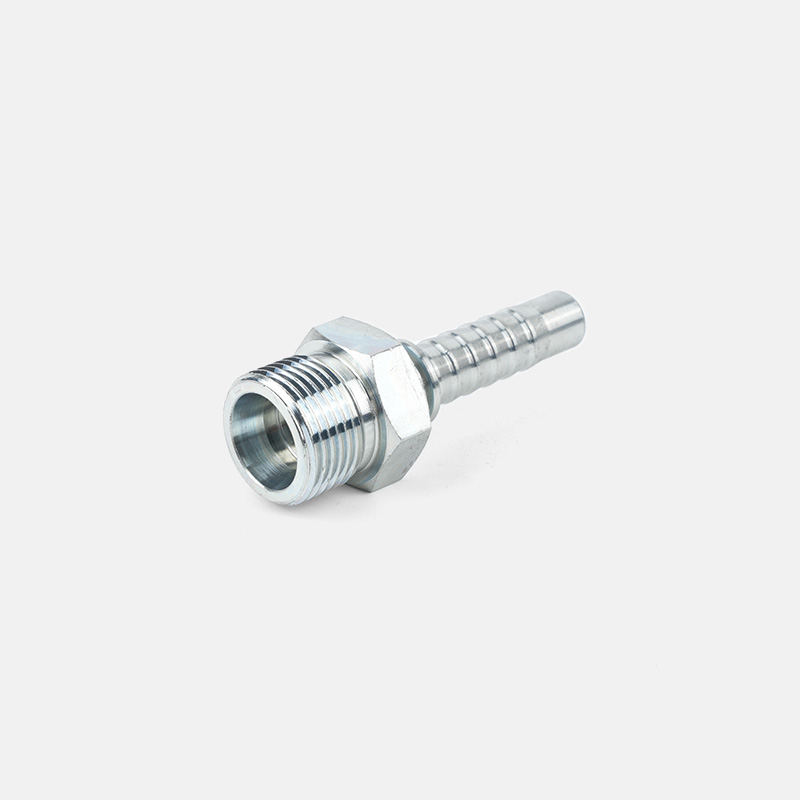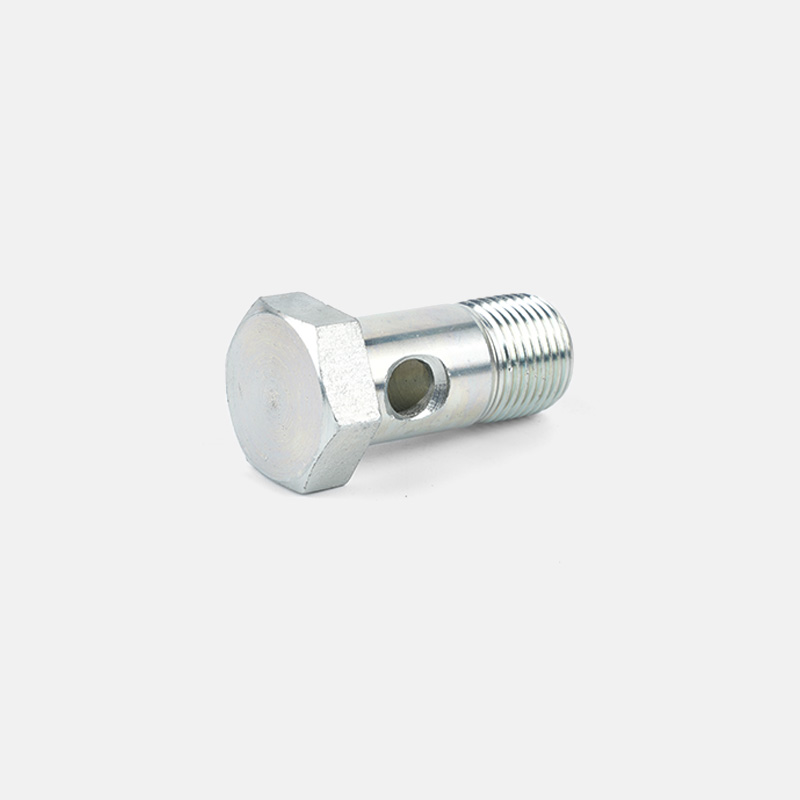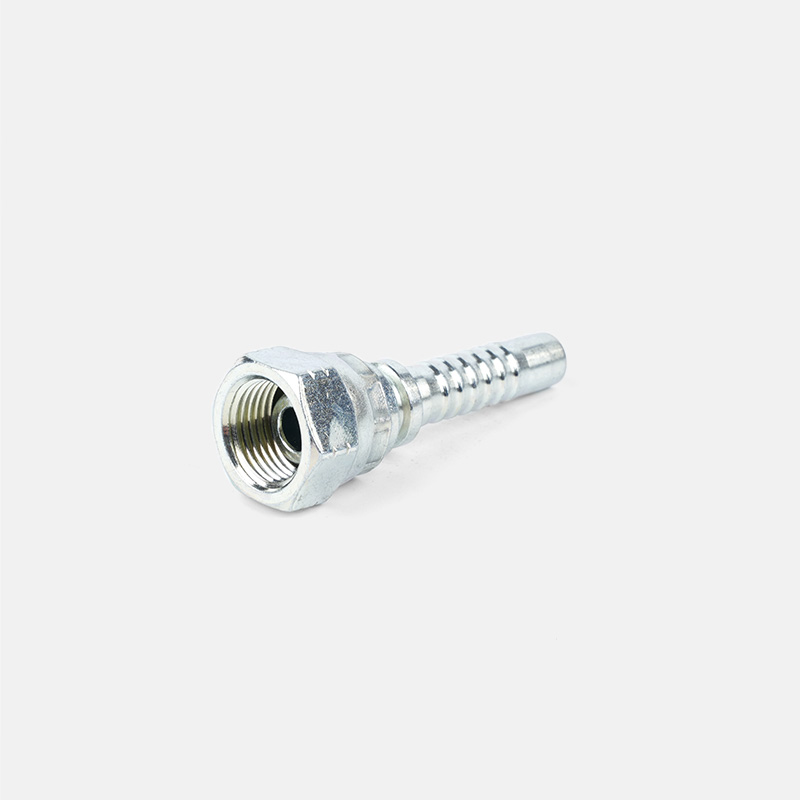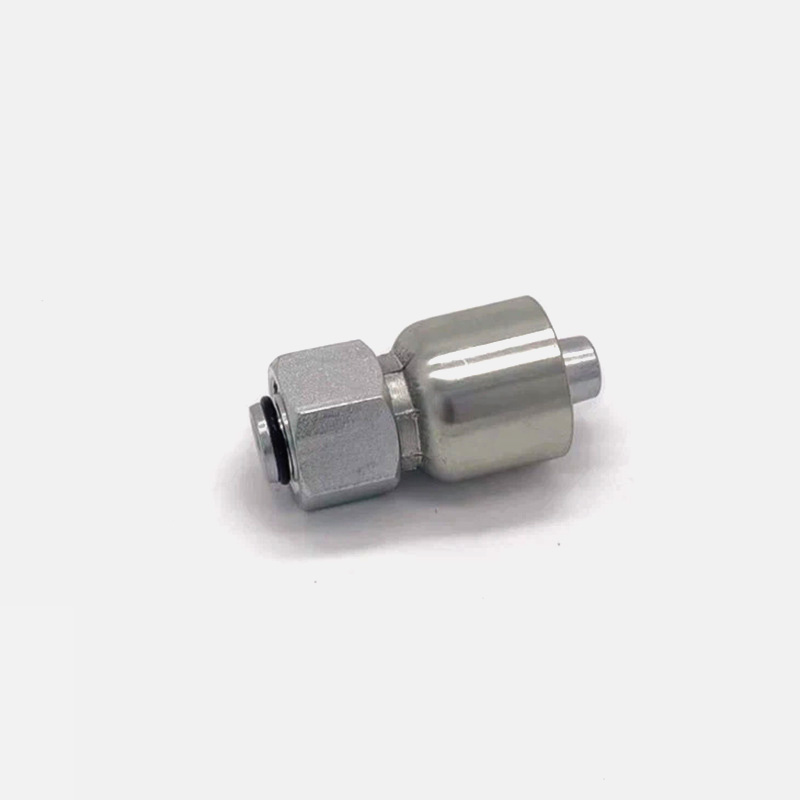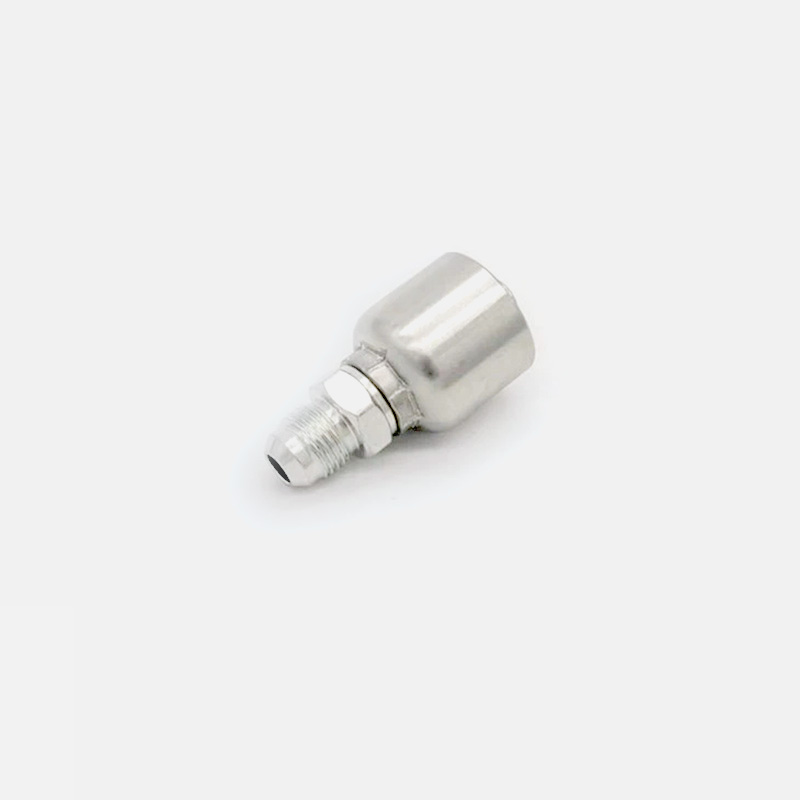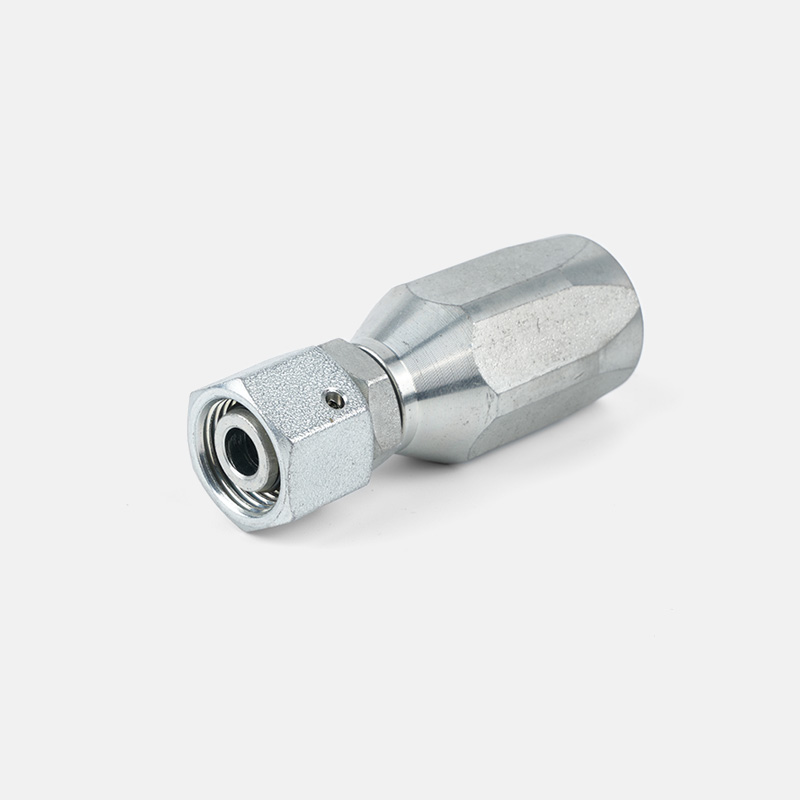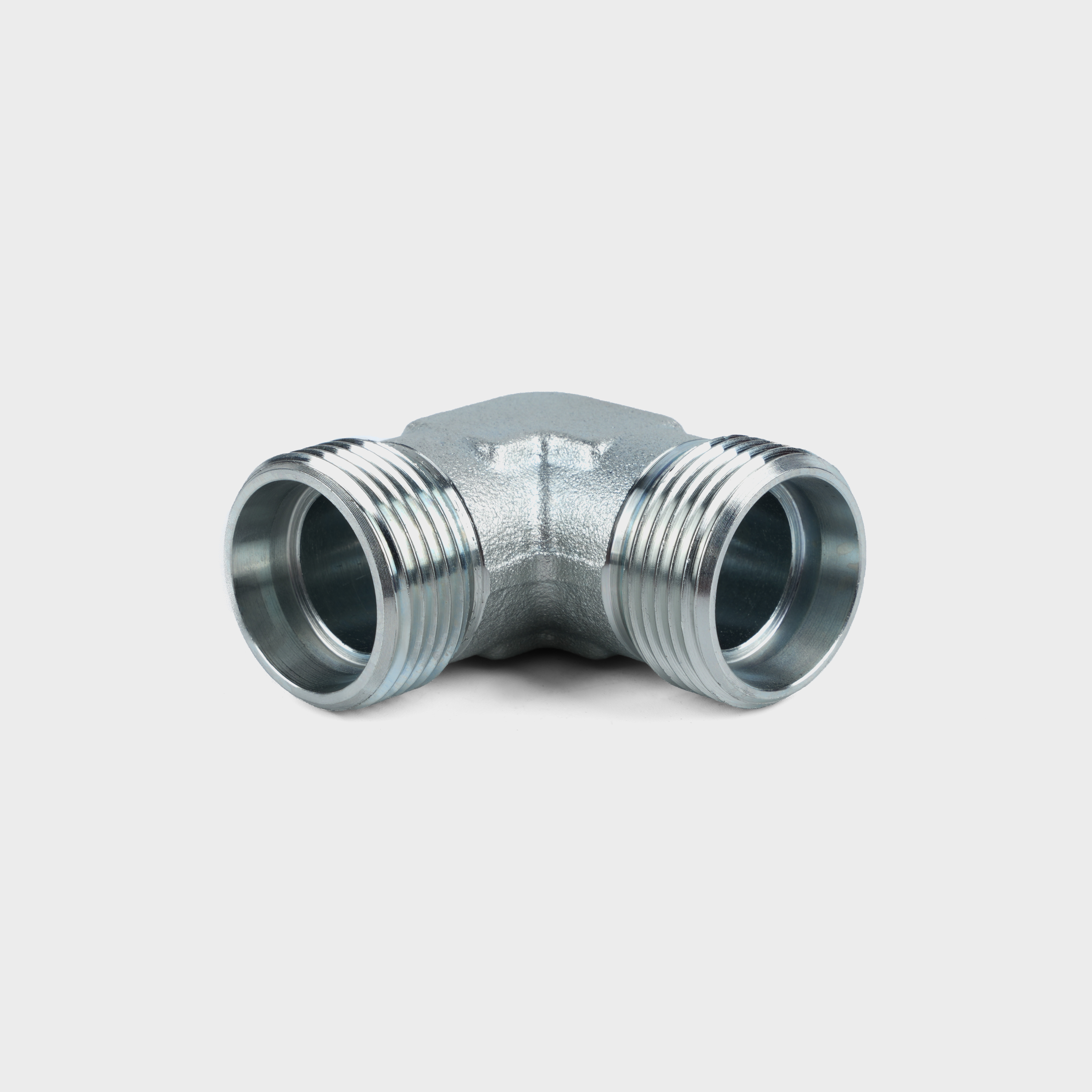Language
ENGHydraulic Hose Connectors Explained: Types, Functions, and Applications
 2025.07.21
2025.07.21
 industy news
industy news
What is a hydraulic hose connector?
Hydraulic hose connectors, also known as hydraulic fittings, are key components that connect hoses to pipes and hoses to equipment interfaces. Their main task is to maintain a seal under high pressure, prevent leakage, and ensure the normal circulation of hydraulic oil. In addition, the connector must also have a certain mechanical strength and durability to cope with the shock, vibration and temperature changes generated during system operation.
Common types of hydraulic hose connectors
Threaded connectors are one of the most commonly used types, using thread tightening to achieve fixation and sealing. For example, the JIC (Joint Industry Council) connector, its 37-degree flare design not only ensures good sealing performance, but also has excellent repeatability. NPT (National Pipe Tapered) is a US standard that relies on the thread itself to achieve sealing and is suitable for wide application in North America. BSP (British Standard Pipe) is common in Europe and Asia, and is divided into tapered threads (BSPT) and parallel threads (BSPP), the latter of which usually requires additional seals such as O-rings.
Flange connectors are designed for high pressure and large-caliber scenarios, and are often used in heavy equipment such as excavators and hydraulic pump stations. Flanges connect pipes or hoses firmly together with bolts, providing extremely high pressure resistance and stability.
Quick-Connects are very practical in situations where frequent disassembly and assembly are required, such as agricultural machinery or emergency maintenance scenarios. This type of connector can be operated without tools and is divided into two types: one-way flow cutoff and two-way flow cutoff. However, their pressure bearing capacity is usually lower than that of threaded or flange connectors.
ORFS (O-Ring Face Seal) connectors use double sealing of metal contact surfaces and O-rings to effectively prevent liquid leakage under high pressure, and are widely used in demanding high-end equipment.
Compression connectors are mainly found in low-pressure systems or instrumentation. They fix hoses with compression rings, are easy to install, and are suitable for precision fluid control systems.
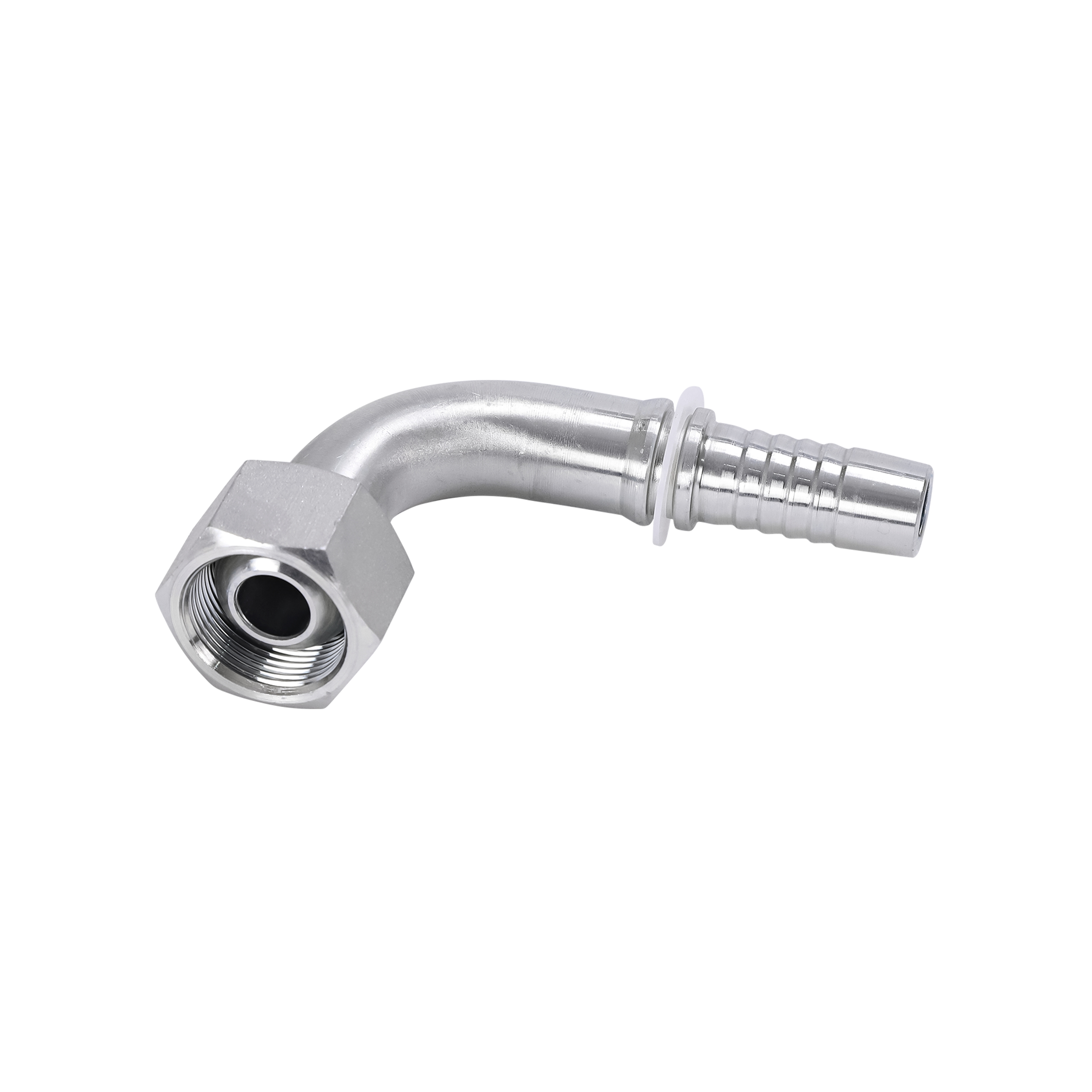
Materials and applicable scenarios of hydraulic connectors
Carbon steel is one of the most common materials in industry. It has excellent strength and pressure resistance, but is not corrosion-resistant and usually requires galvanizing or other surface treatment. Stainless steel has excellent corrosion resistance and is suitable for fields with special environmental requirements such as oceans, chemicals, and food. Brass connectors are also corrosion-resistant and are usually used in medium and low pressure or pneumatic systems. For low-pressure, non-critical applications, such as agricultural sprinkler irrigation or laboratory equipment, lightweight plastic materials such as nylon or polypropylene can also be used. These materials are light, inexpensive, and have good chemical stability.
Functional analysis of hydraulic hose connectors
The primary function of hydraulic hose connectors is to seal and ensure that hydraulic oil does not leak under high pressure conditions. To achieve this goal, different types of connectors use different methods such as threaded seals, conical metal face seals, and O-ring seals.
They also serve as structural support, firmly connecting hoses and pipes to avoid loosening or breaking due to vibration or mechanical shock. In hydraulic systems, different components often have different specifications, and connectors also act as "adapters" to achieve transitions between different sizes, thread types, or materials.
Hydraulic connectors improve the maintainability of the system. When equipment needs to be repaired, hoses replaced, or transferred to other equipment, reliable connectors can make operations faster, safer, and more efficient.
Typical application scenarios
In construction machinery, such as excavators, loaders, and lifting equipment, the hydraulic system needs to withstand extremely high pressures, so the sealing and strength requirements of the connectors are extremely high. Agricultural machinery pays more attention to easy operation and quick connection. For example, the hydraulic output on the tractor usually adopts quick connectors to facilitate the replacement of accessories.
Hydraulic actuators (such as hydraulic cylinders and hydraulic motors) in industrial automation systems require stable and reliable connectors to ensure the continuous operation of the production line. In aerospace and military equipment, connectors require extremely high precision and durability, and stainless steel or special alloy materials are usually used.
In the marine field, such as ships and offshore platforms, high-grade stainless steel or anti-corrosion coating-treated connectors are usually used due to the strong corrosive environment. In automotive systems, hydraulic braking, power steering and other systems also rely on small high-voltage connectors to ensure driving safety.


